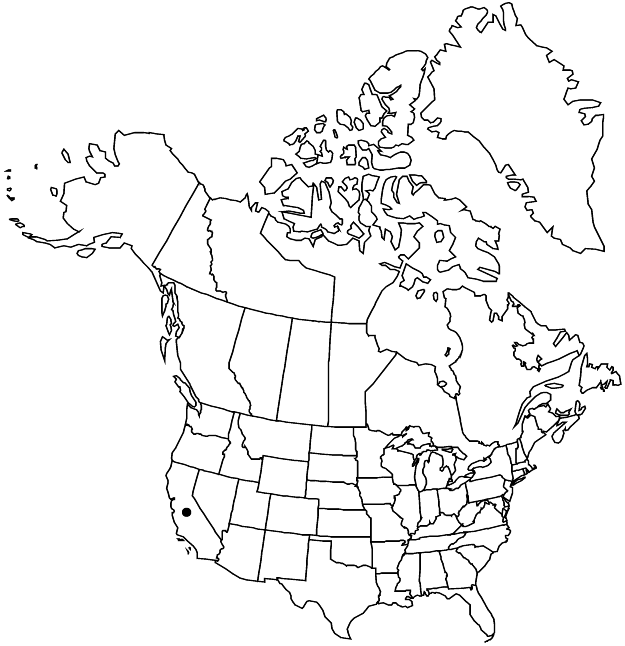Eriogonum argillosum
Leafl. W. Bot. 1: 13. 1932.
Herbs, erect, 1–3 dm, glabrous or rarely sparsely floccose, mostly greenish. Stems: aerial flowering stems erect, (0.3–)0.5–1.5(–2.5) dm, glabrous, rarely sparsely floccose. Leaves basal and cauline; basal: petiole (0.5–)1–4(–5) cm, sparsely floccose, blade oblong, 1–3(–5) × 0.3–1.2(–1.6) cm, densely white-tomentose abaxially, floccose to glabrate and greenish adaxially; cauline: petiole 0.3–2 cm, sparsely floccose, blade elliptic to oblong, 0.5–1.5 × 0.2–0.8 cm, similar to basal blade. Inflorescences cymose, occasionally distally uniparous due to suppression of secondary branches, open, (2–)5–20(–25) cm; branches glabrous or rarely sparsely floccose; bracts 1–5(–7) × 0.5–1(–1.5) mm. Peduncles erect, straight, slender, 0.5–4.5(–6) cm, glabrous. Involucres terminal at tips of slender branchlets proximally, not appressed to branches, turbinate, (2–)2.5–3 × 2–3 mm, glabrous; teeth 5, erect, 0.2–0.5 mm. Flowers 1.5–2 mm; perianth white to rose, glabrous; tepals monomorphic, oblong; stamens mostly included, 1–2 mm; filaments glabrous; styles 0.2–0.3 mm. Achenes brown, 3-gonous, 2–2.5 mm, glabrous; beak smooth.
Phenology: Flowering Mar–Oct.
Habitat: Clay to serpentine outcrops and slopes, mixed grassland and chaparral communities, oak and pine woodlands
Elevation: 100-600 m
Discussion
Eriogonum argillosum is rare to locally infrequent in coastal central California. It was last seen in Santa Clara County in 1895 and now is almost certainly extirpated there. Otherwise, it is found in the San Benito River Canyon (San Benito County) area and east of San Lucas (Monterey County). This is the most distinct of the five species in the E. eastwoodianum complex.
Selected References
None.
